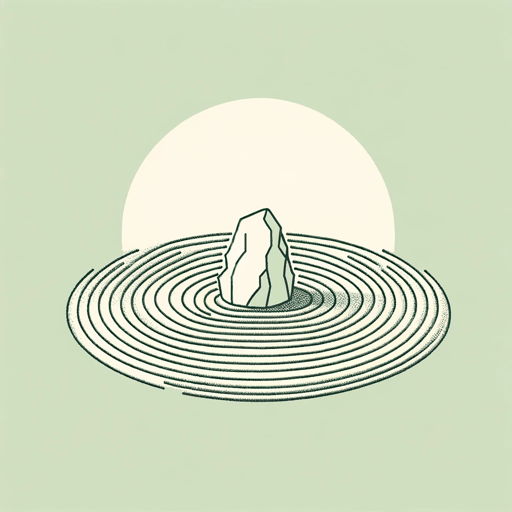64 pages • 2 hours read
Rick RubinThe Creative Act: A Way of Being
Nonfiction | Book | Adult | Published in 2023A modern alternative to SparkNotes and CliffsNotes, SuperSummary offers high-quality Study Guides with detailed chapter summaries and analysis of major themes, characters, and more.
Summary and Study Guide
Overview
The Creative Act by Rick Rubin explores the creative process and artistic identity. Rubin, a renowned music producer and advocate of creative expression, explores how “creativity is a fundamental aspect of human existence” (1). Rubin’s collaborations include artists across genres, including Kanye West, Jay-Z, The Beastie Boys, Red Hot Chili Peppers, The Strokes, Metallica, System of a Down, Johnny Cash, and Adele. Rubin has won numerous awards for his work, including 9 Grammy wins and 18 nominations. Rubin’s extensive discography, filmography, and documentary series, Shangri-La (2019) and McCartney 3,2,1 (2021) provide greater insight into his work. As of this study guide’s release, Rubin will release a new documentary, Circus Maximus, in late 2023.
Rubin emphasizes the importance of Overcoming Self-Imposed Limitations and fostering a Relationship Between the Artist and the World to create moments of transcendence. The Creative Act examines embracing Creativity as a Way of Life and incorporates Zen Buddhist Philosophy as a theoretical framework that lends Rubin key vocabulary and concepts for his own ideas. Ultimately, Rubin promises readers that his philosophy of creativity can enrich the work and lives of artists and those beginning to explore artistic identity. Rubin frames this message around his experiences, lending authority to his course of study. His subjective tone and idiosyncratic style make The Creative Act an appealing and accessible work, distilling Rubin’s lifetime of wisdom into a call for harnessing the power of creativity.
The edition used for this guide is the 2023 publication by Penguin Press. Secondary authorship attribution includes Neil Strauss.
Summary
The Creative Act consists of “78 Areas of Thought.” For the sake of this study guide, these “Areas” have been divided into nine chapter sections. Each chapter is named for a specific concept related to Rubin’s creative philosophy and practice. Whether read in order, by theme, or by personal preference, the text presents itself straightforwardly while maintaining the essence of The Creative Act.
Chapters 1-8 define what it means to live and create as an artist. In this section, Rubin explores relationships between the individual creator, the art, and the universe. He also provides definitions that are repeated throughout the text, such as The Source, Meditation, and Awareness (See: Index of Terms), as well as Zen Buddhist Philosophy.
Chapters 9-18 continue to define the nature of art and its relation to the creative process of the individual. Moreover, Rubin starts to recommend specific practices that can attune the artist to The Source for inspiration and motivation.
Chapters 19-26 focus on the practical consideration for facilitating creativity. They explain the practice of constructing supportive environments for art and training the mind and body for the act of creation.
Chapters 27-35 expand on the mental aspects of creativity and how the artist can improve their relationship to the universe for the transmission of ideas. This section also introduces the Rubin’s stages of artistic creation: Seed, Crafting, Experimentation, and Completion.
Chapters 36-43 provide more detail on best practices during the stages of artistic creation. Specific tasks and recommendations are given to help artists open themselves to inspiration, work more efficiently, collaborate better, and finish their projects.
Chapters 44-52 direct attention toward the Relationship Between the Artist and the World. Specifically, Rubin addresses how artists’ self-images and their responses to the external world can inhibit and or enhance their creativity. Rubin also addresses the disadvantage artists face when they believe popular myths that attribute greatness to the “tortured genius” stereotype.
Chapters 53-60 tackle issues of inspiration and revision in the creative process, illustrating that inspiration cannot be controlled. However, artists can create environments and train their minds and bodies to receive inspiration more regularly and clearly. The revision stage of creativity requires detachment from the ego, highlighting the concept of no-self from Zen Buddhist Philosophy, through particular exercises.
Chapters 61-69 explain methods of finishing artworks. Overcoming Self-Imposed Limitations by learning how to recognize when an artwork is ready for release is key.
Chapters 70-78 outline the overall purpose and role of the artist in the world and offers encouragement to artists in doubt.
The organization of The Creative Act reflects the author’s own preference for minimalism and precision. Rubin writes simple, concise sentences in short chapters to reach readers of all levels.

